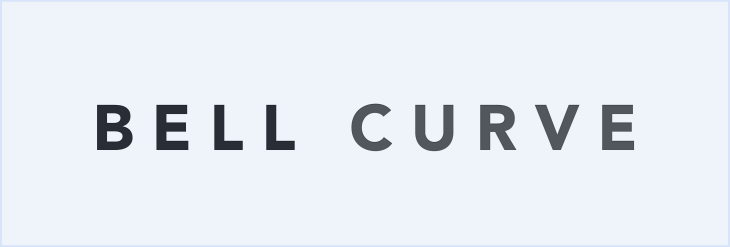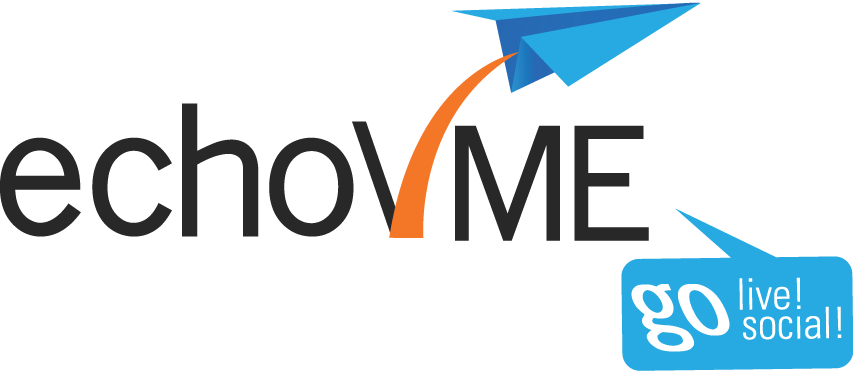Julian Shapiro: The Founder of Bell Curve, Marketing Agency and the Mascot of Animation
Have you ever discovered your interest in doing something because you were just bored? Well, that happens to many of us, but only a few make it their passion. And, a handful among the few can establish themselves successfully through it. For example, we love playing video games, but that doesn’t mean every one of us turns out to be a game developer, but a guy named Nitish Mittersain did, didn’t he? You should be highly passion driven if you want to live through what you love. And, Julian Shapiro proved to be one of them.
Julian Shapiro, the founder of the Bell Curve and many other online services, started to show interest in coding from an age of twelve. And, the reason he started tinkering with his computer was he got nothing to do after he moved to a new city. Eventually, he started exploring different aspects of computer, and the wonders, one can make if he/she has good coding skills and was undoubtedly carried away by its charm.
Shapiro started his coding journey with Visual Basic 6, and by the time he was fourteen, he was pretty good at what he was doing. He realized that his skills were in high demand, and he could easily make money out of it. So, he started developing websites for small companies, swooping into the entrepreneurial world.
A Great Start
Since Julian Shapiro started as a teenage entrepreneur, he gradually became one of those tech-savvies interested in learning something new every day. Shapiro was very much involved in domain names for startups and companies. But he noticed that most of the businesses have below-average quality names for their companies and decided to work on it. With the existing knowledge of web development, Shapiro started building tools that would analyze around 50,000 domains daily and among those domains which were likely to be worthwhile.

He put a lot of efforts into like building an algorithm for making combinations of alphabets and sorting out the potential names and acquiring them for a few dollars. After working diligently for six months, Shapiro finally made an inventory of domain names, thus selling it to companies for a few thousand dollars each. He named this service NameLayer and released it in August 2011.
Accelerating as a Tech Entrepreneur
After selling NameLayer to Techstars in 2014, Julian Shapiro again went back to his most comfortable place of web development. While creating several projects, he noticed that web animation doesn’t receive much importance, and no such significant modification or improvement was done in that area. Thinking that this hinders the designs of professional web developers, he started working on it.
In September 2013, Shapiro created his own animation engine, Velocity, to improve the tooling of web development through motion animation. The launch of velocity was very effective as people, especially the front-end designers, started using it extensively because they really understood the impact of web animation on marketing. Famous companies like Microsoft and Uber also started using Velocity.
What About Bell Curve?
With Neal O’Grady and Asher King-Abramson as partners, Shapiro founded Bell Curve in April 2017. It is a San Francisco based startup that operates as a marketing agency and conducts growth training programs. Bell Curve, basically, runs advertisements for startups and businesses across the world. Leading companies like Envoy, Streak and Tovala hired Bell Curve to run their advertisement sector.
Today, Bell Curve comprises a team of 9 members, including Julian Shapiro. This new startup is making great progress, but most importantly, Shapiro at the end of the day strictly adhered to what he loves the most, that is, web development. He devoted his career to make unbound contributions in this area of development.
Moreover, the digital content of the Bell Curve is so powerful that the company gives growth talks at Google and Y Combinator.
Other Aspects of Shapiro’s Career
In November 2014, Shapiro joined Webflow, Inc as a Vice President of Marketing. The company was about web development for professionals, something that Shapiro can never turn down. He worked there for ten months.
Julian Shapiro also started his own blog, Julian.com from September 2015. And, he is the only owner of the website. Shapiro also writes in TechCrunch about growth marketing since March 2019.
Another project that Shapiro worked and is worth mentioning is Libscore. Shapiro created Libscore in partnership with Stripe and Digital Ocean to help people understand that at what rate their libraries are actually used by people after putting it on open source. It helps to gather the statistics, thus providing the developer with proper feedback.

Annasha Dey is an NIT student, who apart from studying engineering is also a content writer. She has a great interest in photography, writing, reading novels, and travelling as well. She is a foodie who loves socializing and hanging out with her friends. She is also a trained Kathak dancer and a big fashion enthusiast. Dey also loves watching TV series, which includes F.R.I.E.N.D.S. and Big Bang Theory. To be a better writer she prefers to read more











